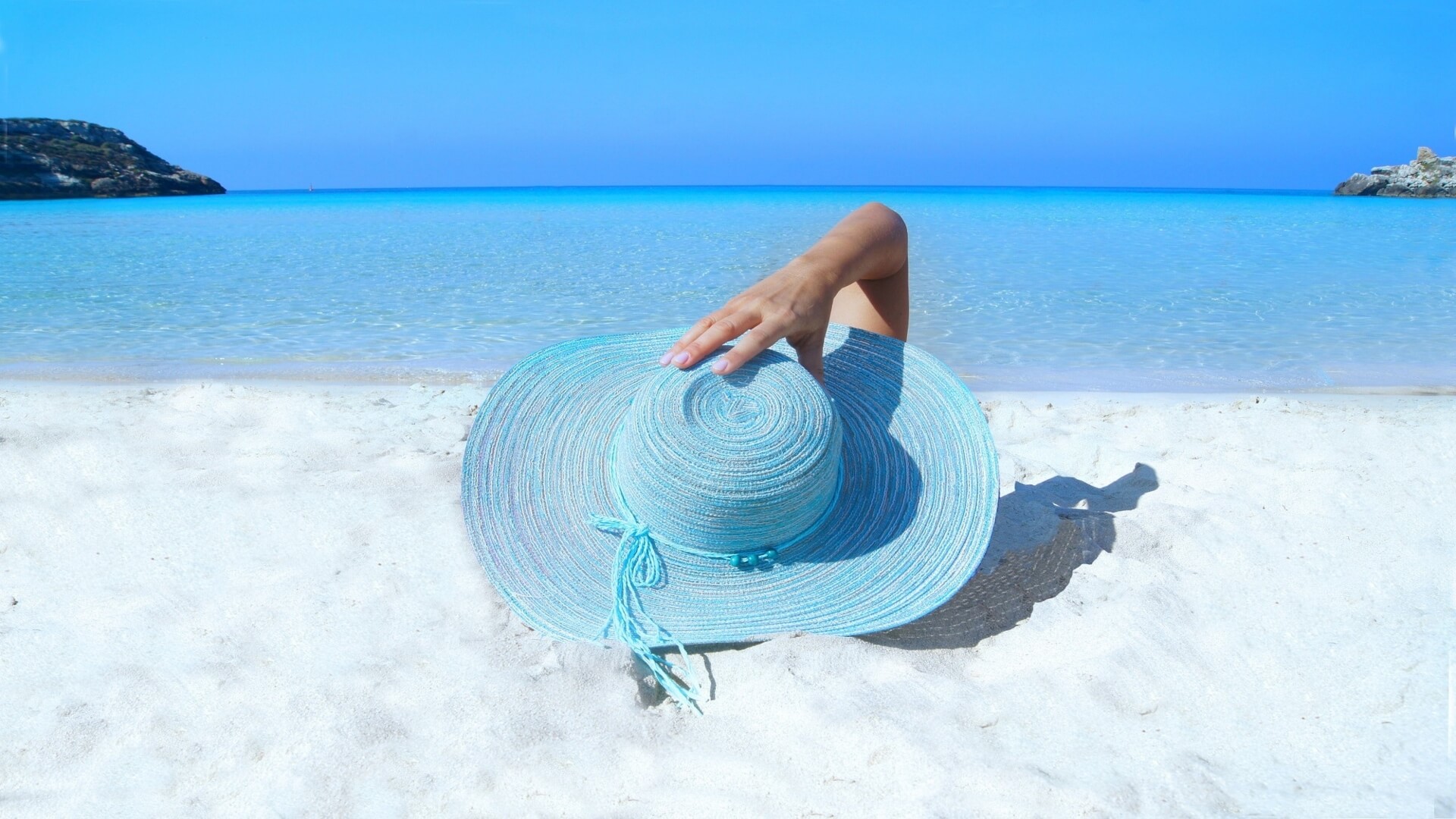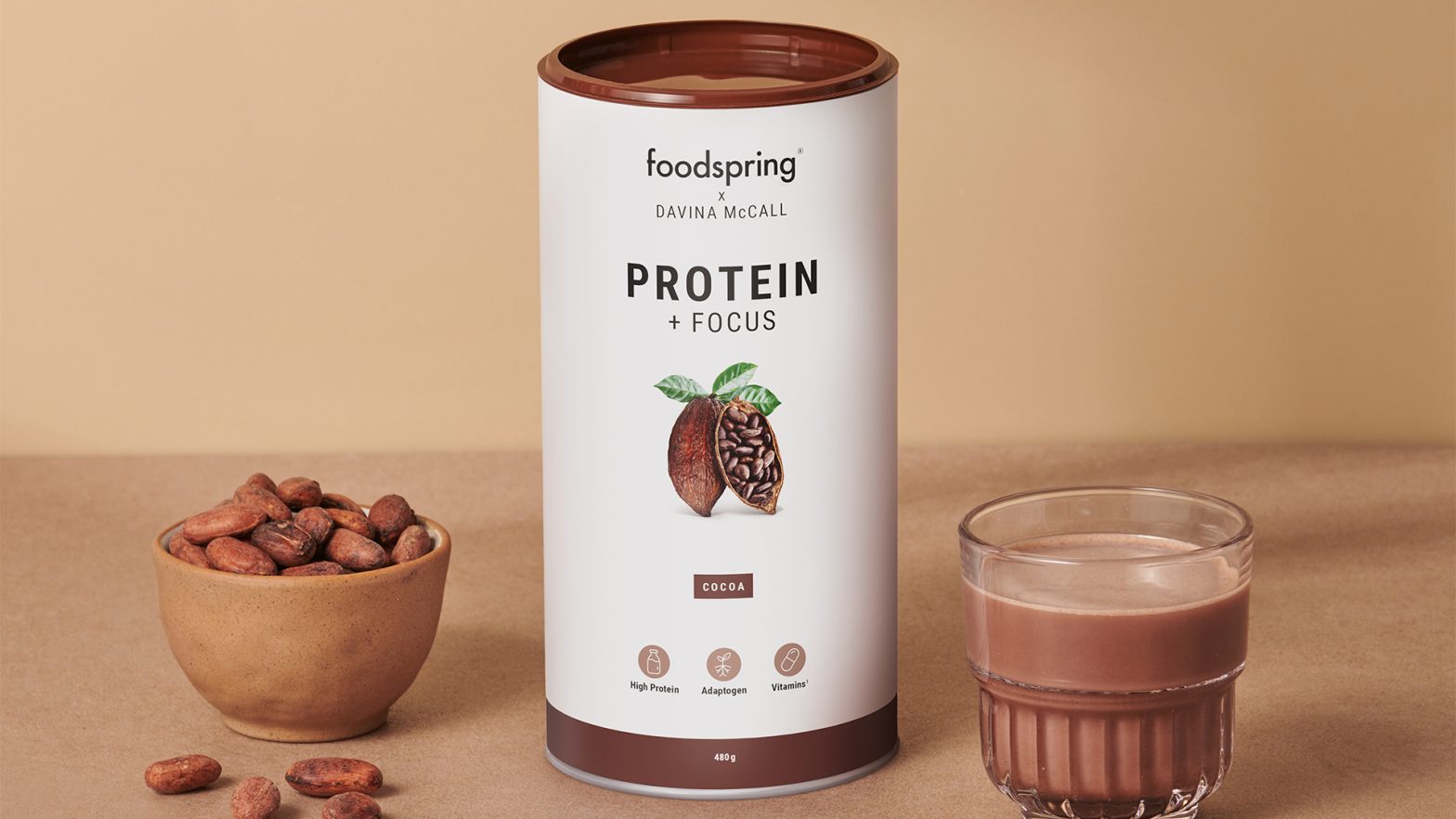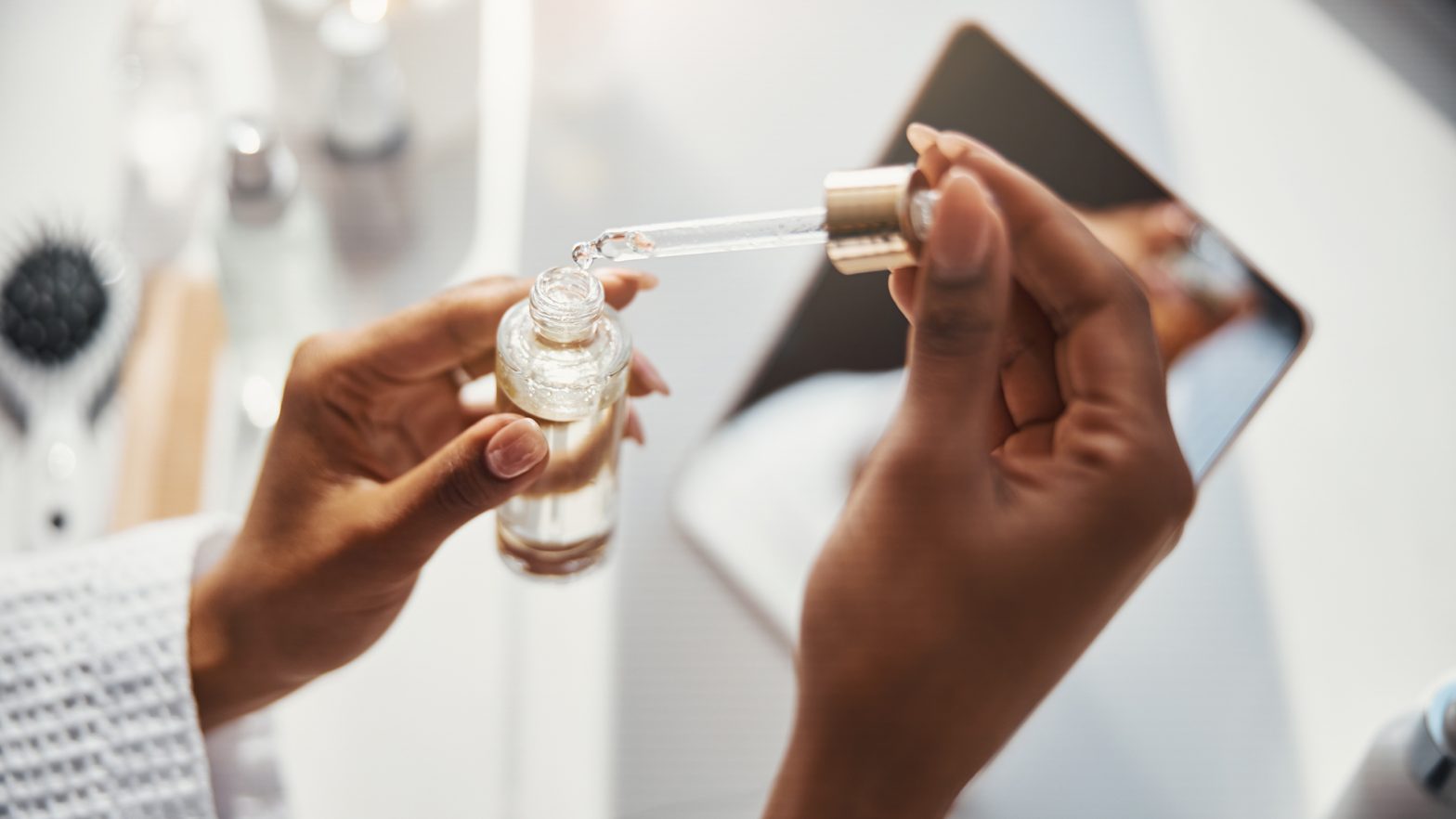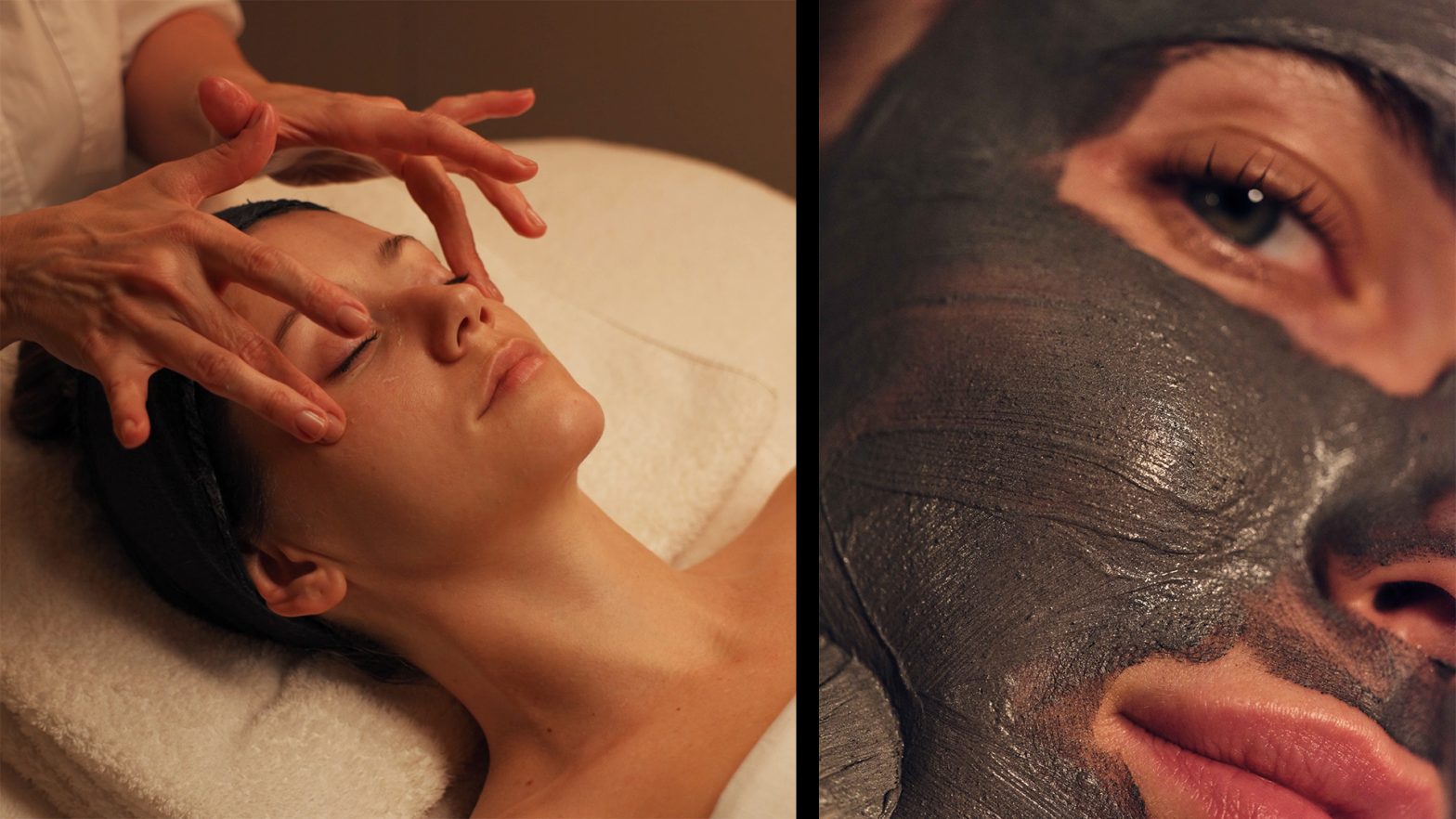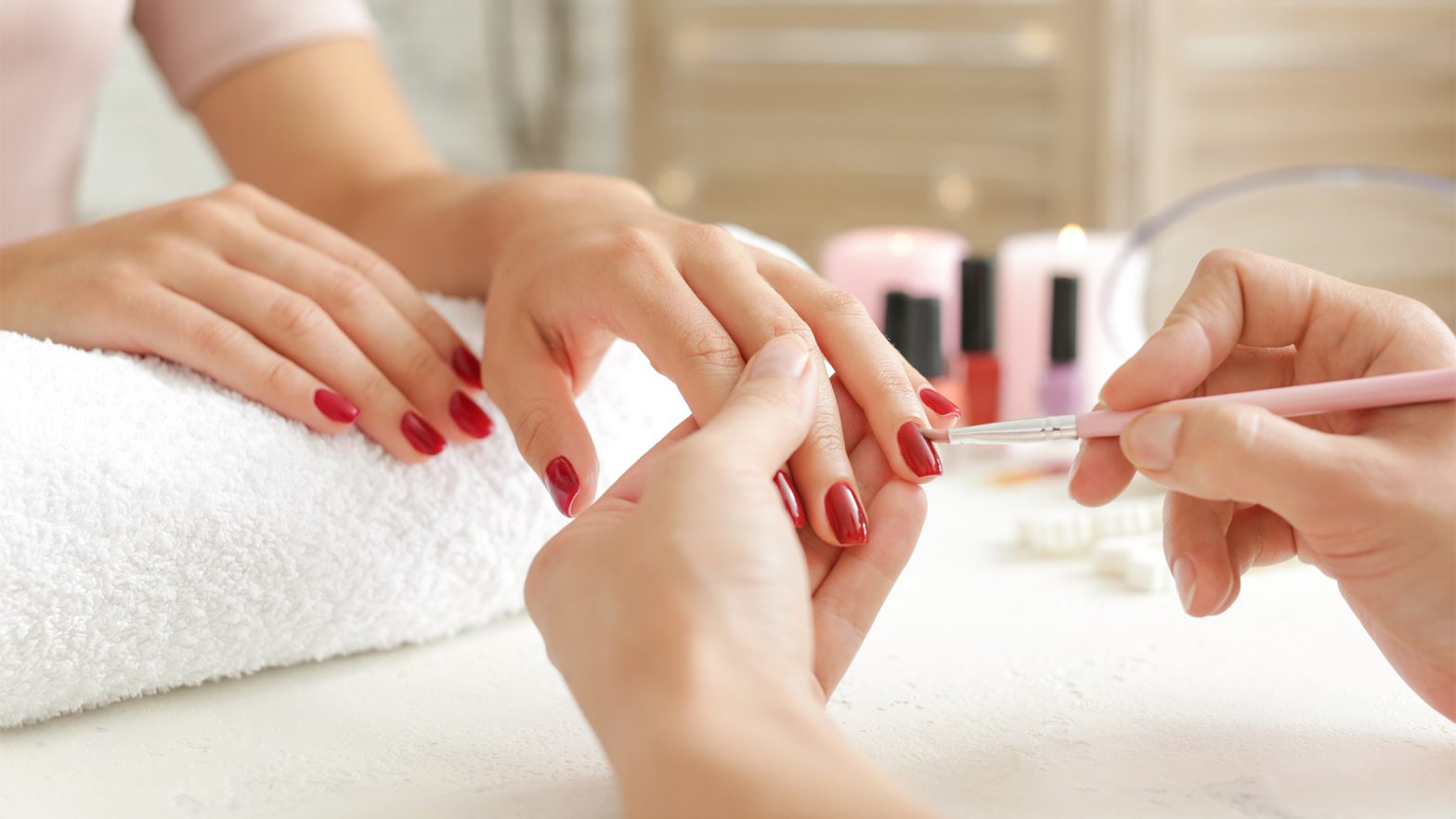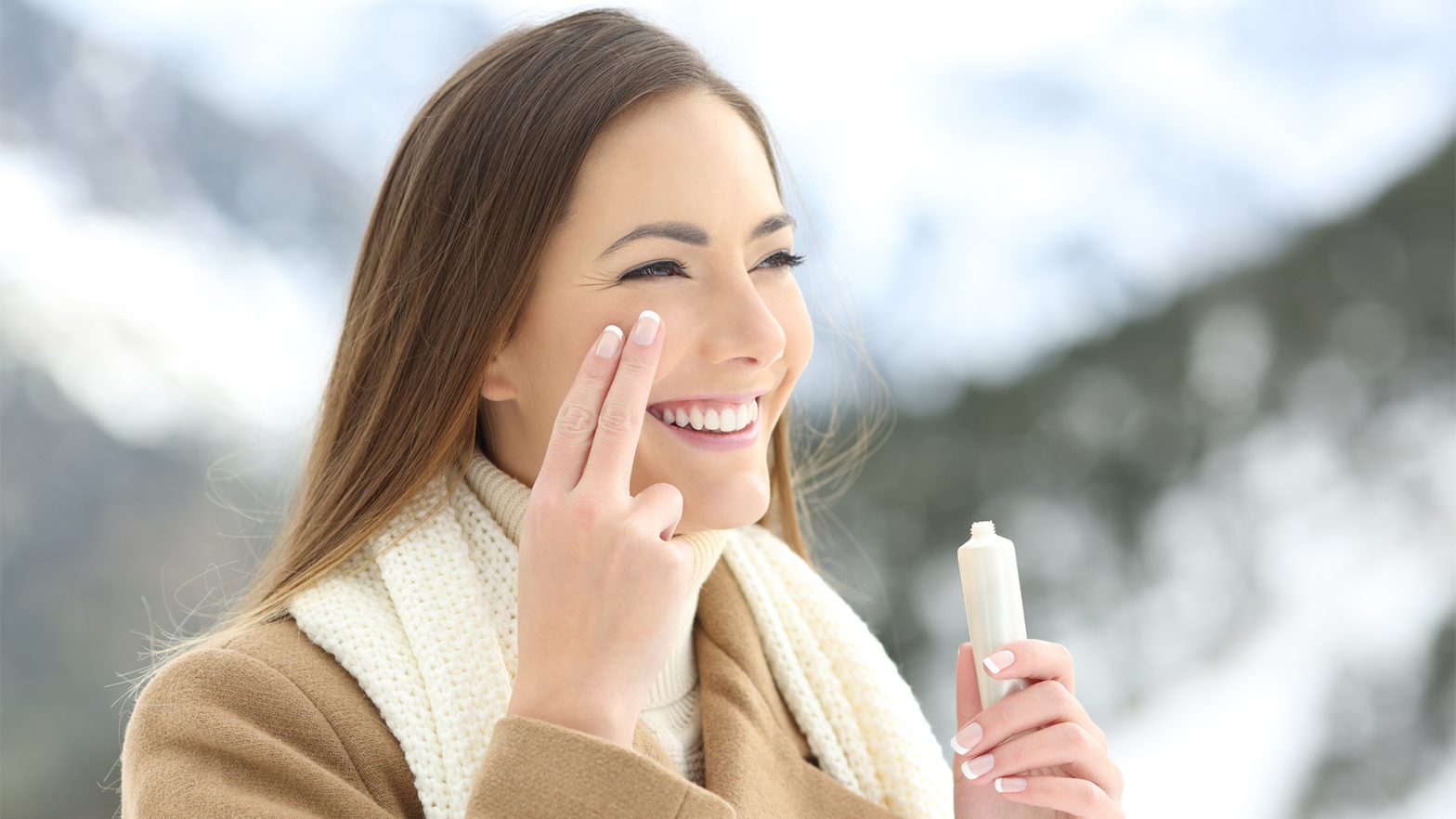It’s no secret that tanning can give you a beautiful bronze glow, but it also comes with some serious risks. Sun exposure is the leading cause of skin cancer, and even if you don’t end up with melanoma or another type of skin cancer, too much sun exposure can lead to premature aging and wrinkles. But there are ways to still enjoy the outdoors without putting yourself in danger. Here are some tips on how to stay safe in the sun and protect your skin from damage.
1. Sunscreen
It’s essential to wear sunscreen when you’re out in the sun, and it should be reapplied every two hours, or more frequently if you’re swimming or sweating. Make sure the SPF of your sunscreen is at least 30 and that it provides broad-spectrum protection from both UVA and UVB rays. You can find popular korean sunscreens and japanese sunscreens with different factors. If you’ll be outside for a prolonged period of time, look for a sunscreen that has SPF 50 or higher. And don’t forget to protect your lips too: apply lip balm with an SPF of 15 or higher. Additionally, you may want to look into sunscreens that contain antioxidants, which can help protect your skin from free radical damage.
2. Wear Protective Clothing
When exposed to the sun, it is important to wear protective clothing. This includes wearing hats, long-sleeved shirts, and pants that are made from materials that provide a barrier between your skin and the sun’s damaging rays. It is also important to use sunscreen with an SPF of at least 30 as this will help protect your skin against UV radiation. A high-quality pair of sunglasses can also help filter out harmful UV rays and make sure you don’t suffer from snow blindness or eye damage due to too much exposure to the sun. While you may be tempted to wear shorts or tank tops, it’s important to remember that this type of clothing won’t offer the same level of protection as long-sleeved garments.
3. Avoid Peak Sun Hours
It is important to avoid the peak sun hours when going out in the sun—this means from 10 am to 4 pm. During these times, the UV index can be at its highest, putting you at risk for skin damage and an increased chance of developing skin cancer. And if you’re fair-skinned or have a family history of skin cancer, it’s even more important to stay out of the sun during these peak hours. You should also avoid spending too much time outdoors in direct sunlight on especially warm days; seek shade whenever possible and stay hydrated by drinking plenty of water regularly. When in doubt, always apply more sunscreen.
4. Regular Skin Checks
Regularly checking your skin for any changes or irregularities is an essential part of protecting yourself from the dark side of tanning. You should check all exposed areas of your body and pay special attention to moles, freckles, and other spots on your skin that may be susceptible to sun damage. If you notice any changes in size, shape, or color, be sure to see a doctor right away. Additionally, it’s important to remember the ABCDE rule when examining moles: A stands for asymmetry (if one half differs greatly from the other), B stands for the border (is the border irregular?), C stands for color (are there more than one?), D stands for diameter (anything larger than 6mm needs to be looked at by a doctor), and E stands for evolution (if the mole is changing it needs to be examined).
5. Seek Professional Advice
If you’re concerned about your skin health when it comes to tanning, be sure to talk to a dermatologist. They can advise on the best measures for sun protection and they will be able to give a more accurate idea of how much UV exposure is safe for you based on your skin type. Additionally, if you have any pre-existing medical conditions, such as lupus or diabetes, that may make you more vulnerable to skin damage from the sun, then it’s important to get tailored advice. A dermatologist can also help identify signs of skin cancer and provide treatments should anything develop.
6. Know Your Risks
It’s important to remember that any kind of sun exposure increases your risk for skin cancer, so knowing the risks is key to staying safe. People with fair skin and those who spend a lot of time out in the sun are at an increased risk. People with weakened immune systems as well as those taking certain medications can also be more prone to the damage caused by sunlight. Additionally, underlying medical conditions such as lupus or diabetes can make the skin even more sensitive to ultraviolet light. Knowing your risks and talking to a dermatologist about what precautions you should take are essential for protecting your skin from UV rays this summer.
7. Stay Informed
It’s important to stay informed about the latest research and news relating to skin health. The American Academy of Dermatology (AAD) is a reliable source of up-to-date information on the latest skincare trends, safety tips, and treatments. Additionally, many skincare experts have their own websites or blogs where you can find even more valuable advice. By staying in touch with what’s happening in the world of dermatology, you can make sure that you’re taking all necessary precautions to protect your skin while tanning. Also, consider following the hashtag #SunSafety to stay in touch with the latest news and advice.
Tanning may seem like a great way to get that golden glow, but the dark side of tanning should not be ignored. By following these tips and staying informed about the risks of ultraviolet radiation, you can make sure that you stay safe in the sun this summer. Remember to check your skin regularly for any changes or irregularities, talk to a doctor if you’re concerned, and always wear sunscreen. By taking these steps, you can enjoy a summer of safe tanning. It’s important to understand that although tanned skin may look good, it can be dangerous.









